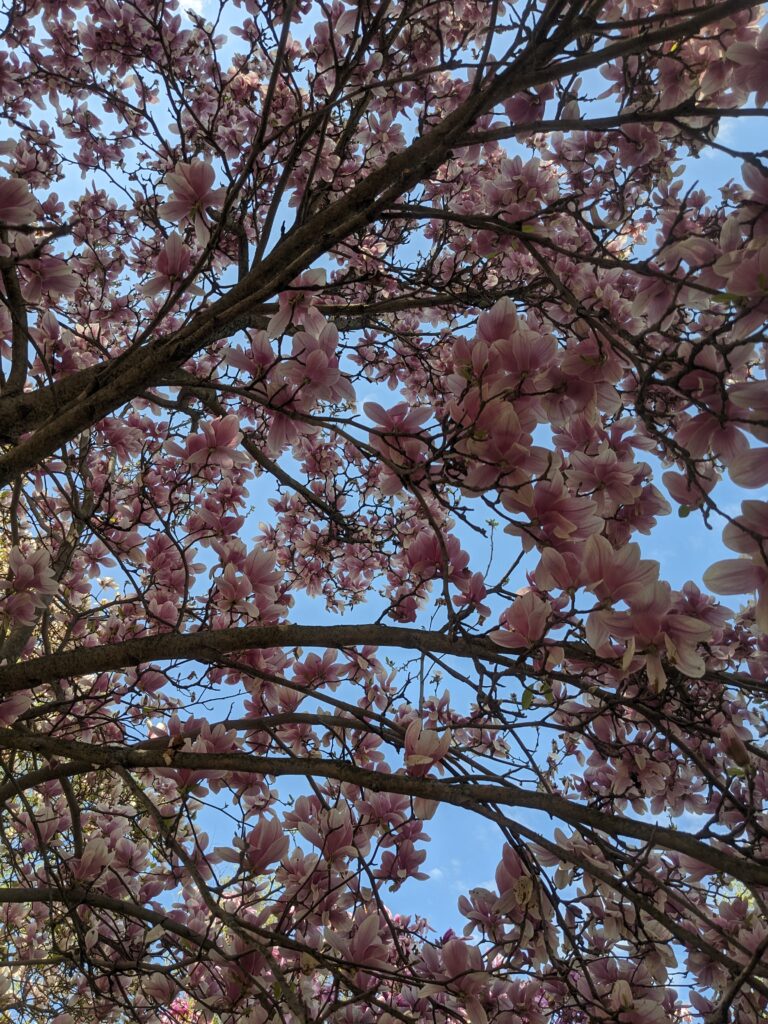This morning I failed an AI detection test featured in the NYTimes. The quiz included 10 videos, a mix of AI-generated and human-made ones. My goal: correctly determine if AI or a human made the videos. I felt good after the nailing the first four and then things took a turn. I got the next 5 wrong and finally guessed the last one right. Total score, 50%.
AI-generated videos are getting much harder to detect. The small glitches and weird imperfections, telltale marks of AI, are largely undetectable. The technology has improved rapidly. Also, AI trains on real recordings, making it possible to create something new from an existing persona. All of these factors combined make it increasingly more difficult to detect fact from fiction.
On the flip side, technology has also improved the capabilities of making films and movies. In some cases, AI may even be used on the backend to expedite editing or creating effects, even though the main content is real. Sometimes AI is used to fill in missing elements or add something to the background that wasn’t there initially. This also blurs the line between AI-generated and human made. I suppose at a certain point, we’ll consider the percentage of a work made by humans vs. AI to determine creation.
Another huge impact of AI is more on the environmental side. AI generating centers require huge amounts of space, time, resources, and energy to maintain. As more of us start using AI, or rely on devices using it, this creates more demand for the centers. The location of these centers and their management also creates impacts. Living in Canada, we’re mindful in which country our Canadian resides. This can create challenges and concerns about data management and under which jurisdiction. For example, the privacy laws in the US are different from those in Canada.
All of this to say, the lines are blurring.


